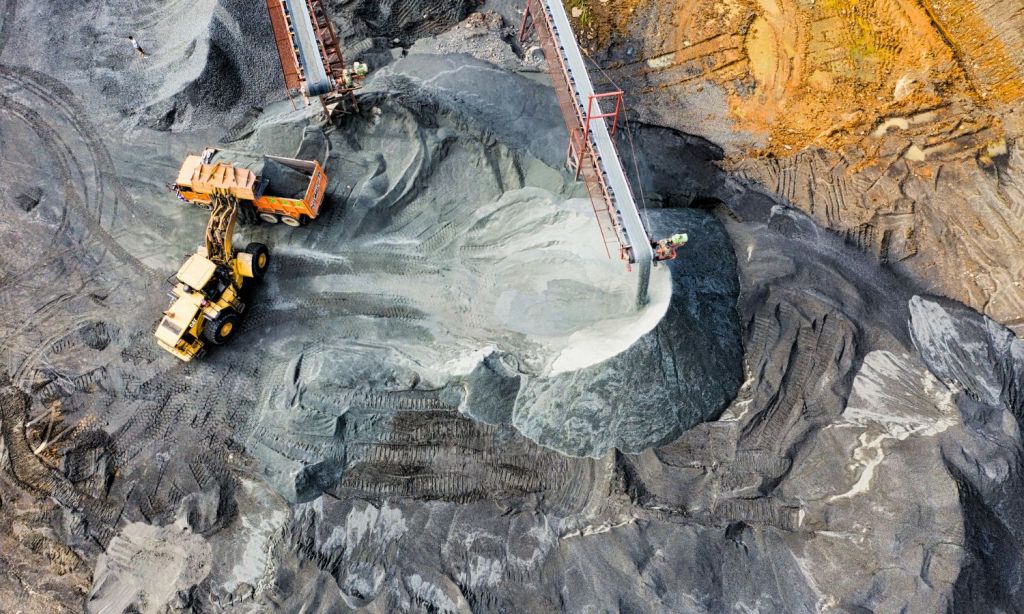Australia is one of the world’s largest exporters of coal and, historically, one of its most ardent protectors. Now, following the publication of a new roadmap, it looks like the country is finally ready to phase out the black stuff.
The Australian Energy Market Operator has published its 2024 Integrated System Plan (ISP) which lays out a detailed path for Australia’s energy strategy over the coming two decades.
The plan shows that all of Australia’s coal-fired power stations will shut by 2038 at the latest – and most far sooner than that. 90% of Australia’s remaining 21 gigawatts of coal generation will be phased out by 2034 and the AEMO notes that the transition could be faster still. High operating and maintenance costs and increasing competition from renewables have made the market very tricky for coal, something that is only likely to increase.
However, reaching this milestone won’t be easy. Australia’s grid infrastructure system is in need of a major overhaul if it is to carry renewable energy smoothly. Power lines will need to be re-routed away from the closing coal stations while greater storage capacity in the form of big batteries will need to come online.
The AEMO forecasts that Australia will need to add about 6 GW of energy from renewable sources per year over the coming decade if it is to meet supply. That’s about the energy needed to power 4.5 million homes, which sounds like a lot but, currently, Australia is already adding almost 4 GW of renewable energy per year.
There are also predictions made of a major boost in rooftop solar adaptation as the technology becomes cheaper and easier to install. The AEMO predicts that Australia will have 18 GW more than it last forecast in 2022 over the next two decades as the uptake increases.
However, the plan also calls for an increase in power generation fuelled by natural gas. Since the last report, the AEMO has increased gas generation capacity by a massive 57 GW. They have argued that the gas generators, which are still carbon-emitting fossil fuels even if they’re less impactful than coal, won’t be used full-time but will instead be kept in reserve in the advent of power shortages.
So, while coal will be phased out, gas capacity will come in. However, the AEMO notes that there will be an emphasis on clean-hydrogen gas and biomass-derived gas.
The Climate Council have welcomed the ISP report, saying that it marks the ending of coal-fired power in Australia.
“The 2024 ISP tells us it is time to leave coal-fired power in the past," Climate Councillor and environmental economist Dr Tim Nelson says of @AEMO_Energy's Integrated Systems Plan released today.https://t.co/F60fkLGHUP
— Climate Council (@climatecouncil) December 14, 2023
“The cheapest way for Australians to have a secure and reliable power grid is to shift to 100% renewable energy sources as soon as possible,” Climate Councillor and environmental economist, Tim Nelson, has said.
“The move to clean energy will create jobs around the country, including in regional Australia. The ISP tells us that 30,000 jobs will be created over the next 20 years.
“Australia is a lucky country. We’ve got some of the best solar and wind resources in the world. It’s a smart play for us to power our country off clean energy.”
Related: Why TF Are We Giving $500 Million to Coal-Fired Power Stations?
Related: In an Aussie First, a Federal Environment Minister Might Reject a Coal Mine
Read more stories from The Latch and subscribe to our email newsletter.







